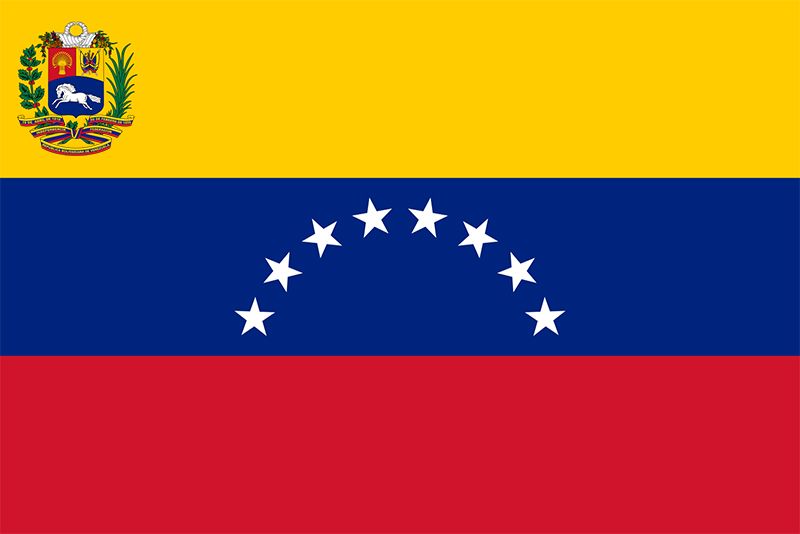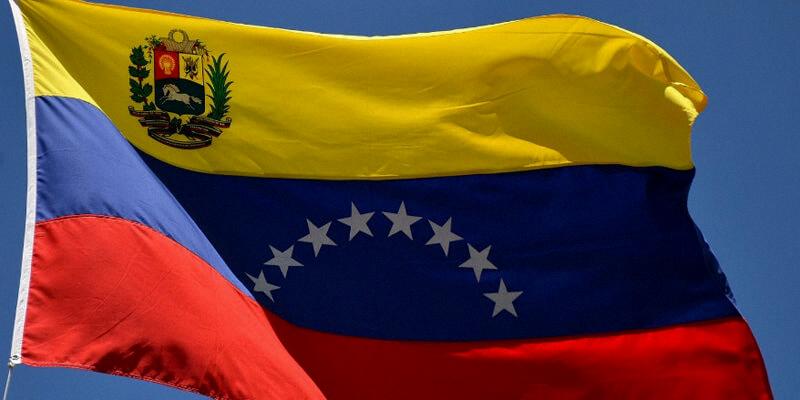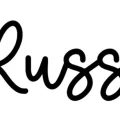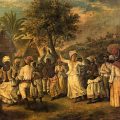The Venezuelan flag is a symbol of pride and identity for Venezuelans, representing the country’s long history of independence and freedom. This flag features three horizontal bands of yellow, blue and red, with an eight-pointed star in the center. The colors on the flag represent the different regions of Venezuela – yellow for the plains and coasts; blue for the ocean and lake; and red for courage and heroism.
The eight-pointed star has been a symbol of Venezuela since its independence in 1811. It represents the original seven provinces that declared independence from Spain: Barcelona, Cumana, Caracas, Barinas, Merida, Margarita, Trujillo and Guayana. In 2006, an eighth star was added to represent Guayana Province – fulfilling the wish of national hero Simon Bolivar that all eight provinces be represented on the flag.
The flag’s design is attributed to freedom fighter General Francisco Miranda who crafted it at Venezuela’s first declaration of independence in 1811. Since then it has gone through some minor changes such as adding additional stars to represent each province but remains largely unchanged and is still flown proudly by Venezuelans everywhere.
As well as beng a proud symbol of Venezuelan identity, this flag has also come to represent solidarity among Venezuelans during difficult times facing their country such as economic crisis or political turmoil. No matter how bad things get or what happens in Venezuela, one thing that will always remain is their strong sense of pride for their country’s long history which is represented by this powerful flag.
The Meaning of the 8 Stars on the Venezuelan Flag
The eight stars on the Venezuelan flag represent the country’s eight provinces: Barcelona, Cumana, Caracas, Barinas, Merida, Margarita, Trujillo and Guayana. The stars are arranged in a diamond pattern at the center of the flag and are meant to symbolize the unity among the people of Venezuela. The stars also serve to remind Venezuelans that they are all united in their fight for freedom and justice. The variant flag that includes the country’s coat of arms adds an additional star to represent Federal Dependencies.

Similarities Between the Flags of Venezuela and Colombia
Venezuela and Colombia share the same flag because of their shared history. Both countries were once part of a confederation known as Gran Colombia, which was established in 1822 after the Spanish colonial rule ended. The flag, which is widely attributed to Venezuelan freedom fighter General Francisco Miranda, was adopted by the confederation and served as a symbol of their newfound independence. After Gran Colombia dissolved in 1830, both Venezuela and Colombia continued to use this common flag as an emblem of their shared cultural heritage and bonds of solidarity.
The Meaning of the Seven Stars on the Venezuelan Flag
The seven stars on the Venezuelan flag represent the seven provinces that signed the Venezuelan Declaration of Independence in 1811. These provinces were Caracas, Cumaná, Barcelona, Barinas, Margarita, Mérida, and Trujillo. The seven stars on the flag symbolize these seven provinces that declared their independence from Spain and formed the foundation of Venezuela as a sovereign nation. The colors of the flag have also changed throughout history but it has always included these seven stars to commemorate these provinces who fought for freedom.
The Reasons Behind Venezuela’s Change in Flag
Venezuela changed its flag in 2006 in order to fulfill the wish of national hero Simón Bolívar. By adding an eighth star to the existing seven on the flag, it represented the historical province of Guayana and paid tribute to Bolívar’s vision for a unified South American continent. This change was seen as a symbol of national pride and unity, and was meant to represent Venezuela’s independence from Spain. The change also served as a reminder of Bolívar’s legacy as one of the most influential leaders in Latin American history.
Five Interesting Facts About Venezuela
1. Venezuela is home to the world’s highest waterfall, Angel Falls. It stands at over 3,000 feet and is located in the Canaima National Park.
2. There are over 200 national parks located in Venezuela and they cover almost 30% of the country’s total area.
3. Venezuela has some of the most diverse wildlife in the world, with species like jaguars, anteaters, sloths, capybara and giant armadillos all having been found in its forests and jungles.
4. One of Venezuela’s most iconic symbols is the Orinoco crocodile which can grow up to six meters long!
5. Venezuela has some incredible beaches along its Caribbean coast, with white sand and crystal clear turquoise waters that draw tourists from around the world every year!.
The Meaning of the Yellow on the Venezuelan Flag
The yellow on the Venezuelan flag symbolizes the wealth of the region. It is a reminder of the abundant natural resources in Venezuela, and represents its potential for economic growth and prosperity. Additionally, it symbolizes courage, loyalty, justice, and perseverance. Yellow is also associated with the ocean that separates Venezuela from Spain, which serves as a reminder of their independence from Spanish colonialism. Finally, it stands for the bloodshed of patriots who fought for their country’s independence.

Source: edarabia.com
Conclusion
In conclusion, the Venezuelan flag is a powerful symbol of the nation’s history and identity. It was designed by freedom fighter General Francisco Miranda and consists of three alternating horizontal stripes of yellow, blue and red. The eight five-pointed stars that are centered on the flag represent the eight provinces of Barcelona, Cumana, Caracas, Barinas, Merida, Margarita, Trujillo and Guayana. This flag underwent some minor changes in 2006 when an eighth star was added to fulfill the wish of national hero Simón Bolívar. This flag embodies the spirit of Venezuela’s independence and its people’s sense of pride in their nation.












